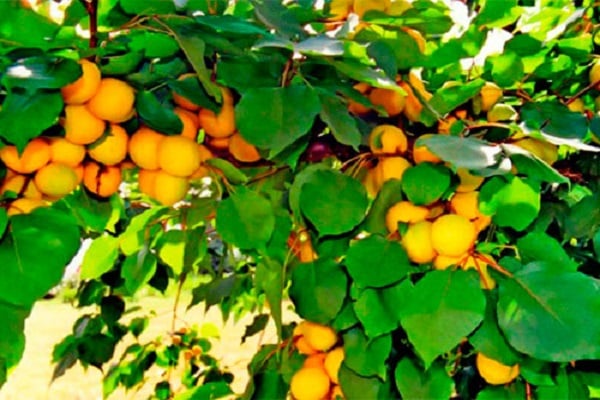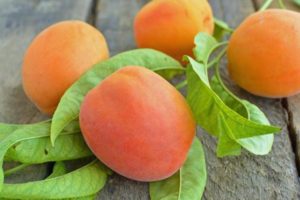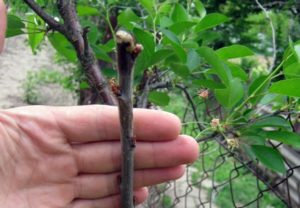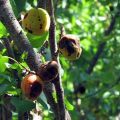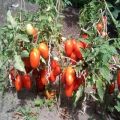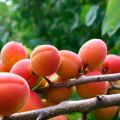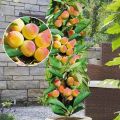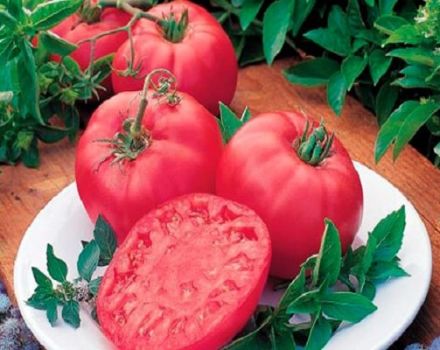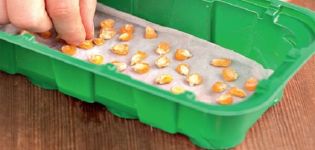Description of the Lel apricot variety and its characteristics, pros and planting features
No garden is complete without an apricot tree. But often, these delicate plants died rapidly due to severe frosts and icing. Thanks to the development of breeding, new varieties of apricot have appeared that have become resistant to low temperatures. One of these trees is the Lel apricot variety. Subsequently, this plant won the recognition of gardeners, since the apricot not only tolerates frost, but also has many useful qualities.
Description of the variety
The selection apricot variety Lel was bred in the 80s of the last century. Scientists A.K. Skvortsov and L.A. Kramarenko also compiled the main descriptions of the variety. This is a natural mutation in the second and third generations, which formed as a result of free pollination. One of the most important qualities of this variety is that it can be grown in any region.
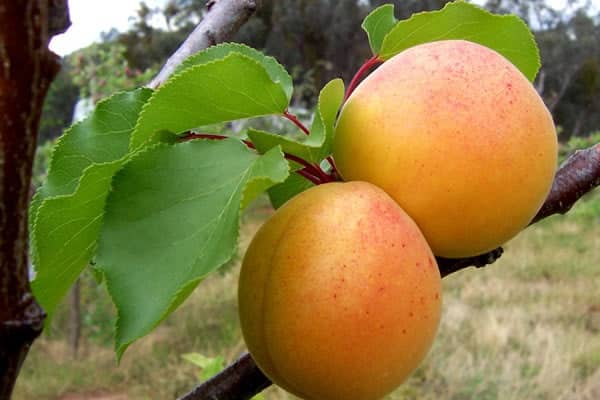
Important! To preserve the plant and increase fruiting, it is required to cover the plant for the winter.
The height does not exceed three meters. The crown is graceful, not large, looks like a mushroom. Lel apricot does not grow quickly. This greatly helps to simplify the care of the tree, makes it easier for the gardener to annually treat pests, and simplifies the collection of fruits.
Leaves are elliptical in shape, which decrease towards the end, have jagged edges. The front side of the leaf has an intense green color, the inside is paler, and is shrouded in short and soft villi.
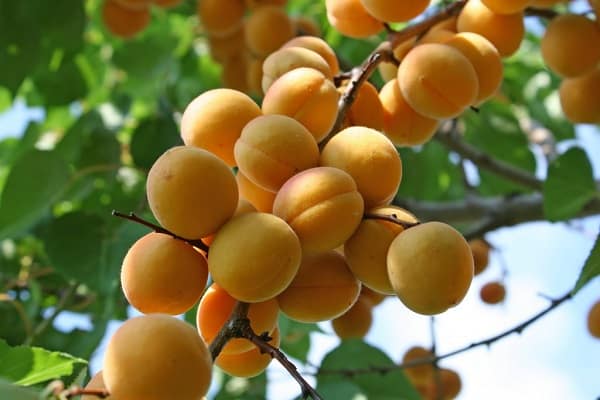
Advantages and disadvantages
Before choosing Lel apricot, you need to pay attention to its advantages and disadvantages.
Benefits:
- Frost resistance.
- Planted in any region.
- Does not require frequent feeding and specific care.
- Drought resistance.
- Accuracy.
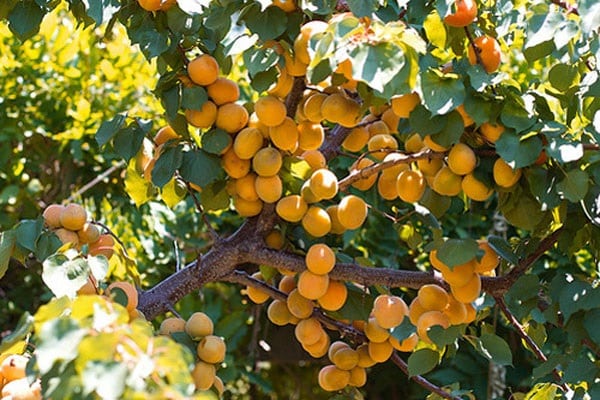
Disadvantages:
- Low yield.
- Average fetal weight.
- Susceptible to disease: clotterosporosis.
- Frequent raids of aphids.
- Big bone.

Characteristic
The main characteristics of the plant are its winter and summer behavior, yield and disease resistance. Also, when describing the tree, attention is paid to the timing of the harvest and the flowering period.
Let's take a closer look at the features of Lel apricot.
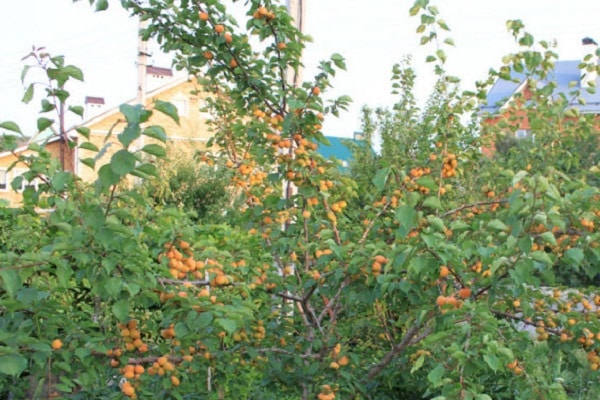
Drought resistance, winter hardiness
Withstands frosts down to -27 degrees, with sufficient cover. In advance, you need to prepare the tree for the winter cold.
It tolerates long droughts, you can plant it in summer cottages and not worry about watering the garden.
Transfers temperature fluctuations from + to -3.
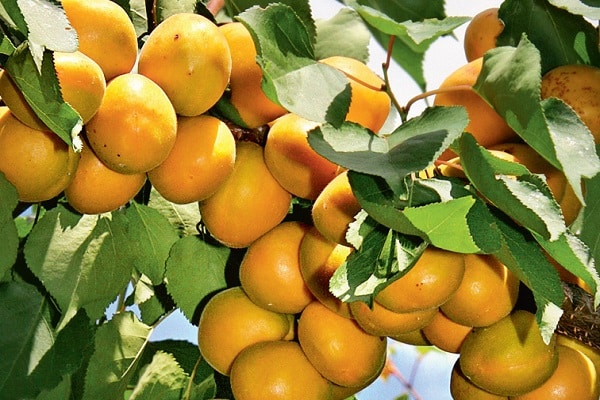
Flowering and ripening periods
The flowers are white, sometimes pink, self-pollinating, since the flowers have both stamens and pistils, there are also inflorescences that require cross-pollination. If the growing area is favorable, it bears fruit in late July.
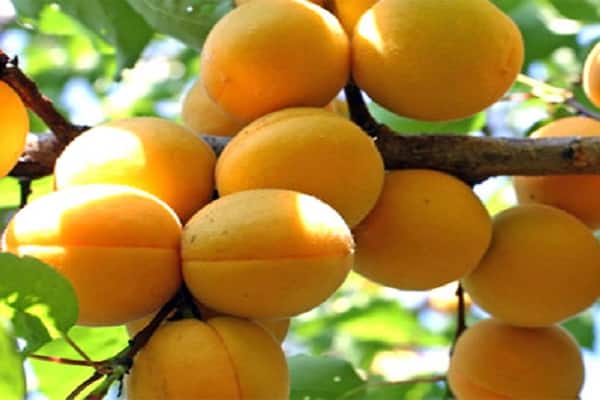
Productivity and fruiting
The apricot variety ripens first. Bears fruit annually. The first fruits should be expected four years after planting the seedling. For a sufficient harvest, it is advised to plant 2-3 seedlings.
The ovary is present on single flowers and inflorescences.
The diameter of the inflorescences is 3 centimeters, they can withstand temperatures down to -3 degrees. The fruits are round, flattened on both sides. They weigh 20 grams. The color is orange, no blush or nap. The inside of the fruit is firm and firm.
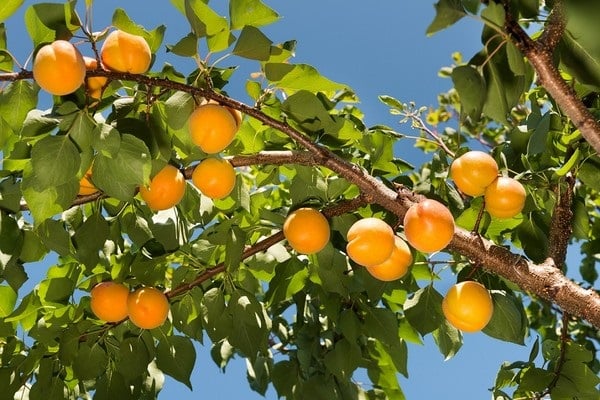
Disease and pest resistance
Apricot Lel is not attacked by pests, including aphids. Only 1 tree out of 10 suffers from harmful bugs and diseases. With proper and regular processing from pests, fruiting will delight the owner.
Suffering from diseases:
- moniliosis;
- bacterial perforated spot;
- mushroom Valsa;
- verticillosis.
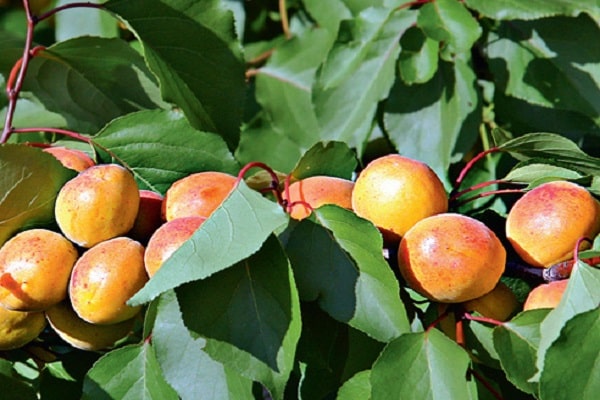
To prevent the appearance of diseases, it should be treated with copper-containing preparations.
Landing features
Apricots are planted in early spring, when active sap flow begins. The night temperature should be above +10 degrees. In autumn they are planted 2 months before the onset of cold weather. Since it is impossible to predict a cold snap in the fall, and during frost the seedling may die, it is better to plant the crop in spring.
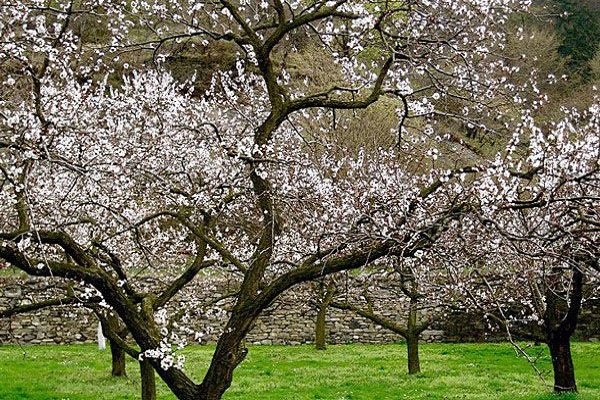
Planted in a sunny place where there are no drafts and northerly winds. The soil should be drained before planting. Suitable soil for Lel apricot:
- black soil;
- sandy loam;
- loamy.
When planted in sandy and clayey soil, the tree burns and grows old, susceptible to diseases.
It is not advised to plant next to other fruit-bearing trees, since this variety does not like to share the territory. Do not plant near:
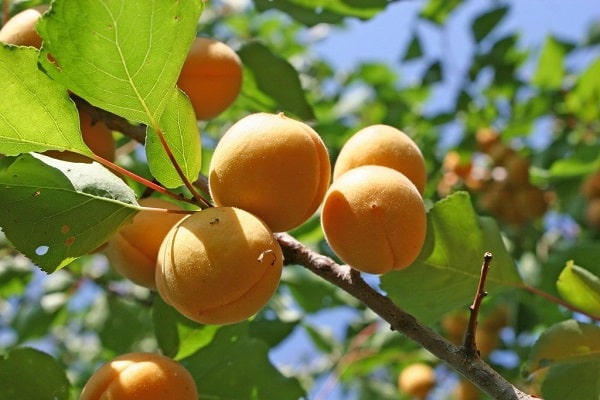
- Apple tree.
- Plum.
- Cherry.
- Nut.
- Peach.
- Pear.
- Cherry.
Do not plant next to currant and raspberry bushes.
When forming the crown of a tree, gardeners install a wooden shield on the north side, painted with white. It beats off sunlight, illuminating and warming the tree, which helps the correct formation of the crown.
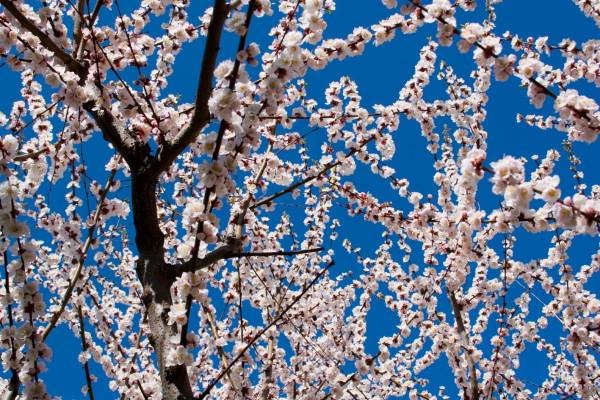
Planting a tree is required on a hillock, the latter should be done artificially. The height of the elevation above the ground is 70 centimeters.
The advantages of Lel apricot are self-fertility. Indeed, during the flowering of the tree there are no bees and bumblebees. This variety is self-pollinated, which guarantees annual fruiting.
